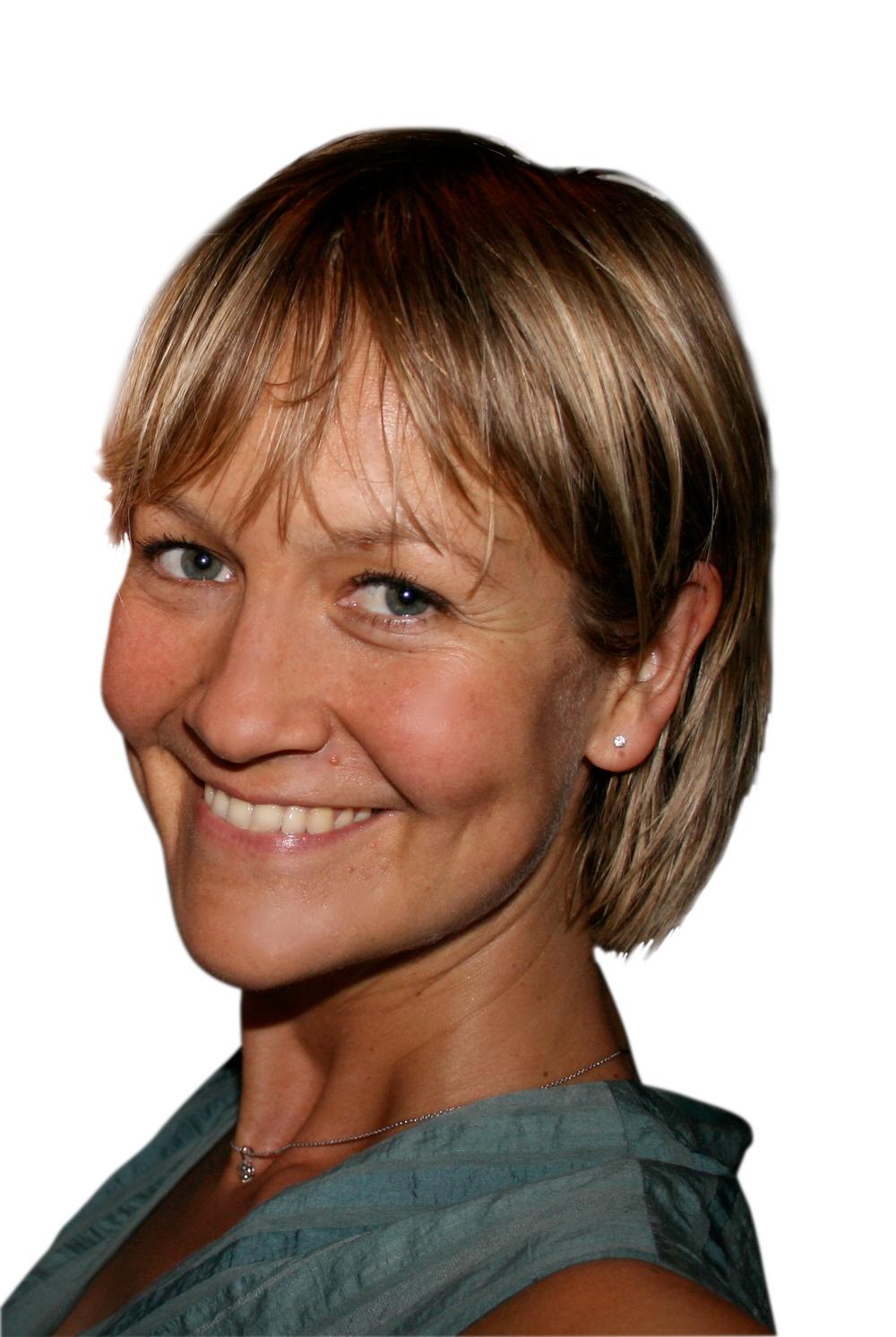It’s no longer possible to predict consumer behaviour based on long-accepted demographic norms – age, gender, income and so on. That was the clear message coming out of the recent London Trend Seminar, run by global agency trendwatching.com.
Consumers are no longer behaving as they ‘should’ according to demographic categories, choosing instead to construct their own identities and lifestyles around individual preferences and interests (see also p42). This in turn has a profound impact on businesses, which must go back to the drawing board to re-assess who their audience really is and what their expectations are.
The health and fitness sector is no exception, and it has already begun to refocus its offering in response to this trend. Yoga for men? Check. Engaging older generations via social media? Check. CrossFit for kids? Check.
But it’s not only about understanding your evolving audience; it’s also about appreciating who you’re competing against – not just within fitness but beyond. What innovations are happening within people’s lives that will change their expectations of your products and services? Because each new round of innovation creates new expectations, and you’ll be left behind if you don’t meet them. ‘What do you mean I can’t book via an app? Why can’t I pay only for the facilities I use? Why can’t I get a PT to turn up at my house within 15 minutes of booking?’
So what will be your innovations, and crucially what will drive these? Once again the Trend Seminar was full of inspiration, with one key notion being status – specifically the shift away from demonstrating status through material possessions, towards status as a product of who you are and what you do. Consumers today are looking for brands to help them achieve this, and it’s a trend that fits well with the fitness sector’s offering. As a spokesperson for Nike put it, it’s a collaborative venture nowadays: ‘Just [Help Me] Do It’. So can your club be the partner that helps someone achieve the status of completing a marathon or Color Run?
Another trend, ‘Peer Armies’, is all about mobilising networks of peers to achieve things they couldn’t do alone. A huge 93 per cent of consumers want brands to support social and environmental issues, so why not get your ‘peer army’ of members involved, encouraging them to get fit by doing good? The GoodGym project is a great example: it asks people to run somewhere they can do social good – to spend time with elderly people, for example, or to do some gardening in community spaces.
Another interesting thought lay in the ‘Internet of Shared Things’ trend, with the mention of an app called Breather. This allows people to make very brief use of urban spaces – something clubs could use to burst beyond their walls and run lunchtime meditation sessions for local office workers.
The concluding thought at the seminar: be heretical towards your heritage. Challenge the things you do ‘just because that’s what you’ve always done’, and don’t be driven by your own history but by the constantly evolving expectations of your audience. Who are you innovating for, what do they expect, and what will they expect tomorrow?
Kate Cracknell, editor
[email protected] @HealthClubKate
To share your thoughts on this topic, visit healthclubmanagement.co.uk/blog or email [email protected]
























































